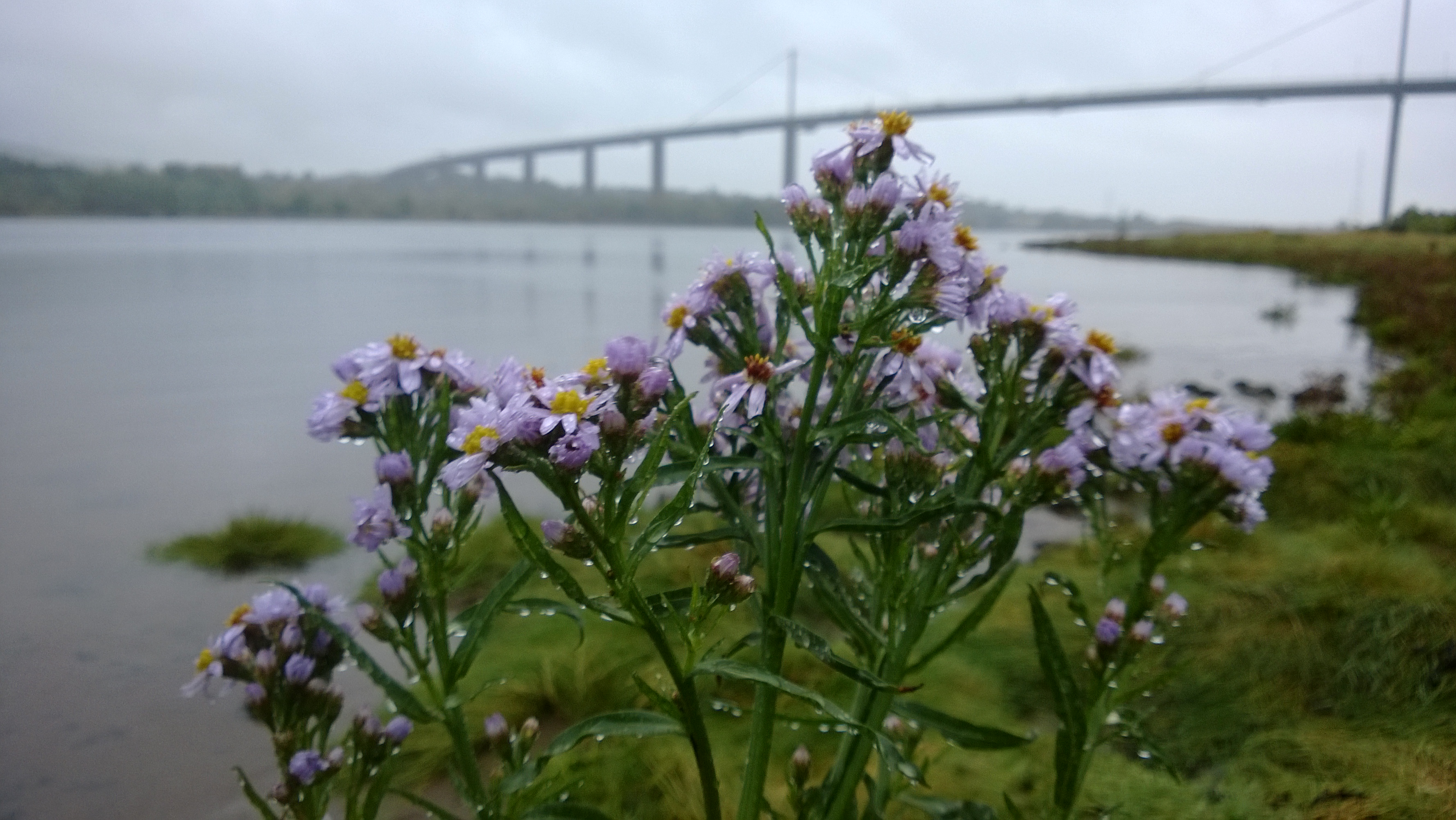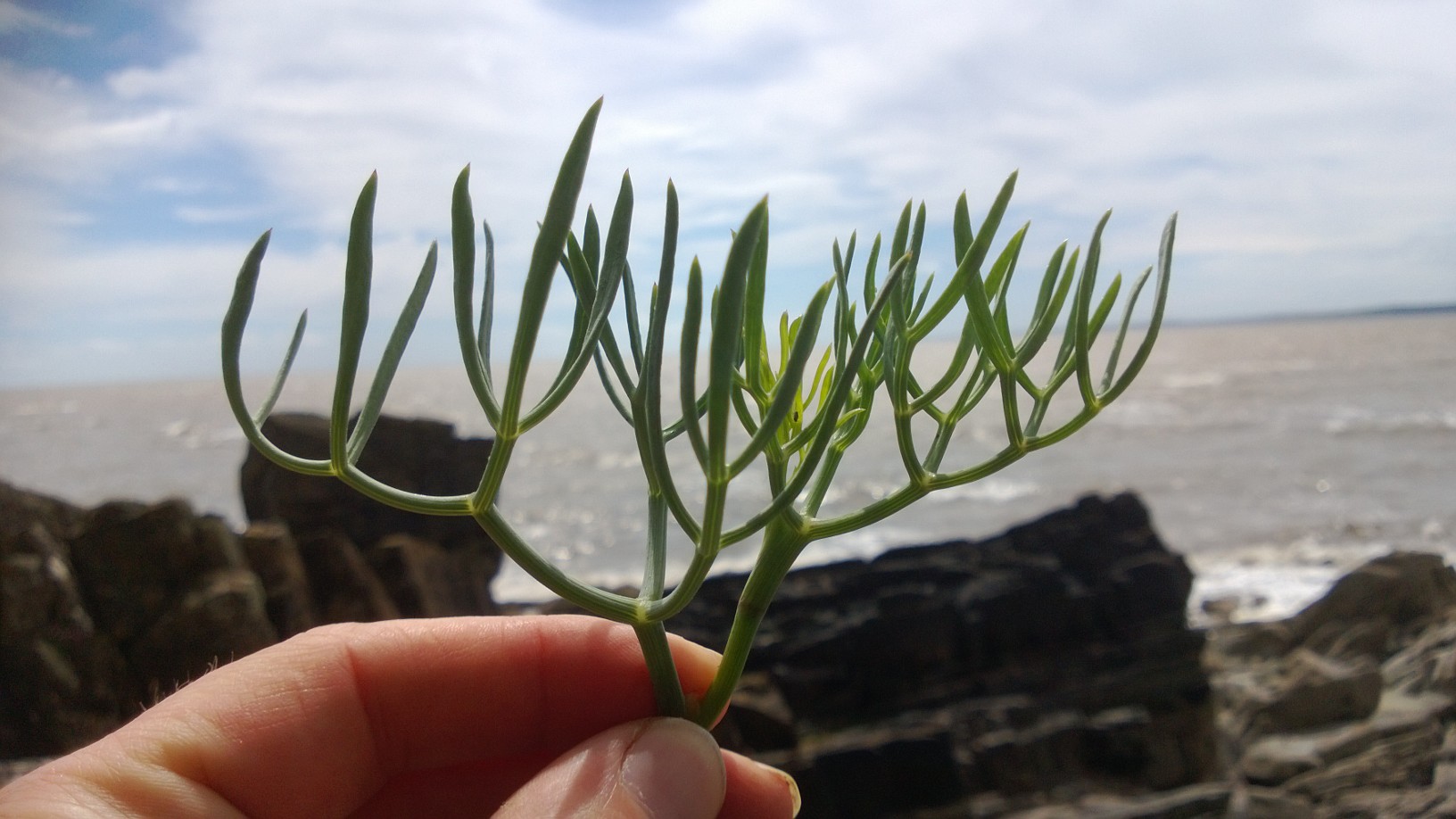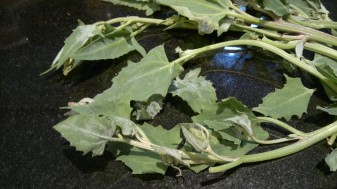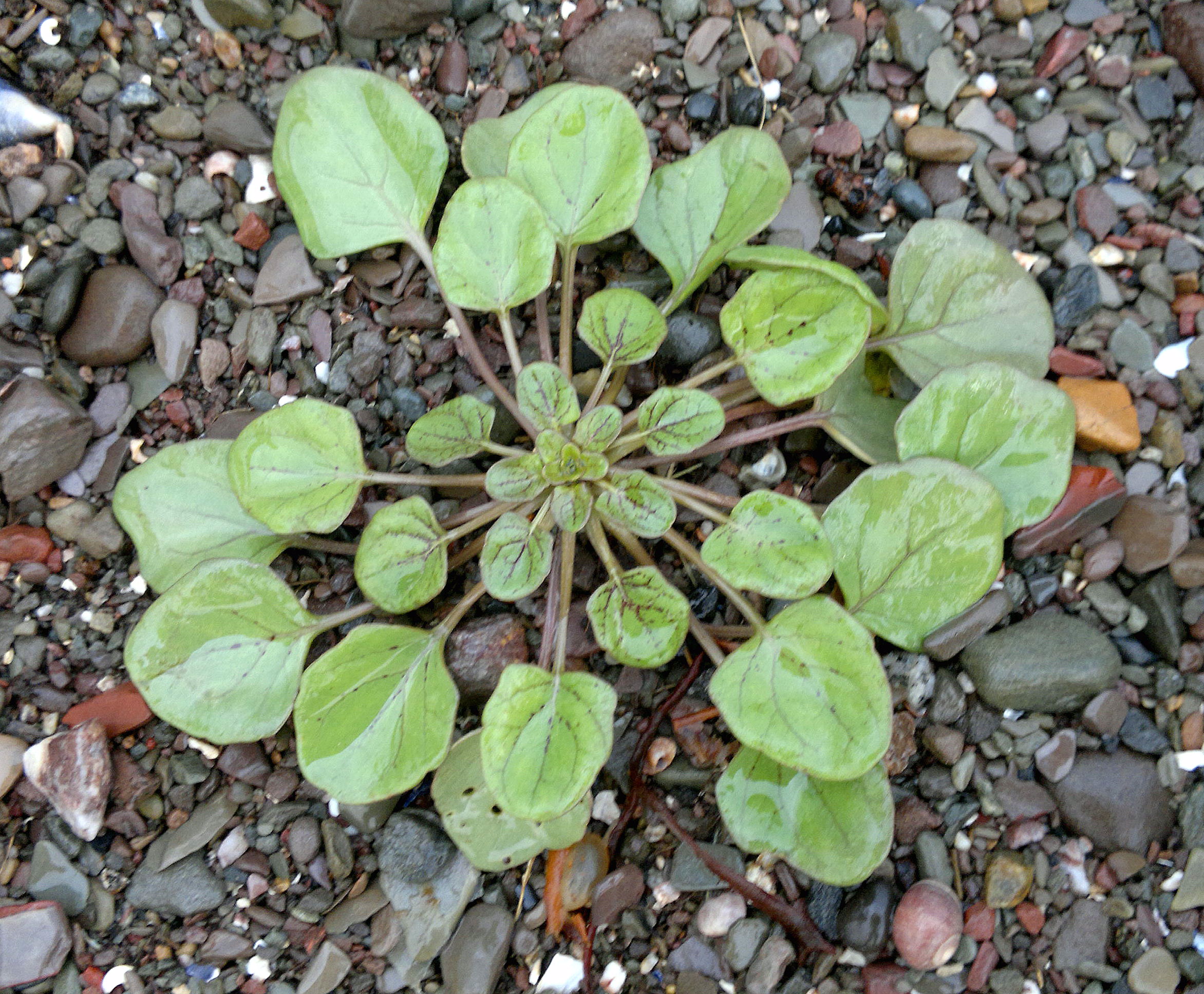Sea campion – Edibility, Identification, Distribution
August 2, 2014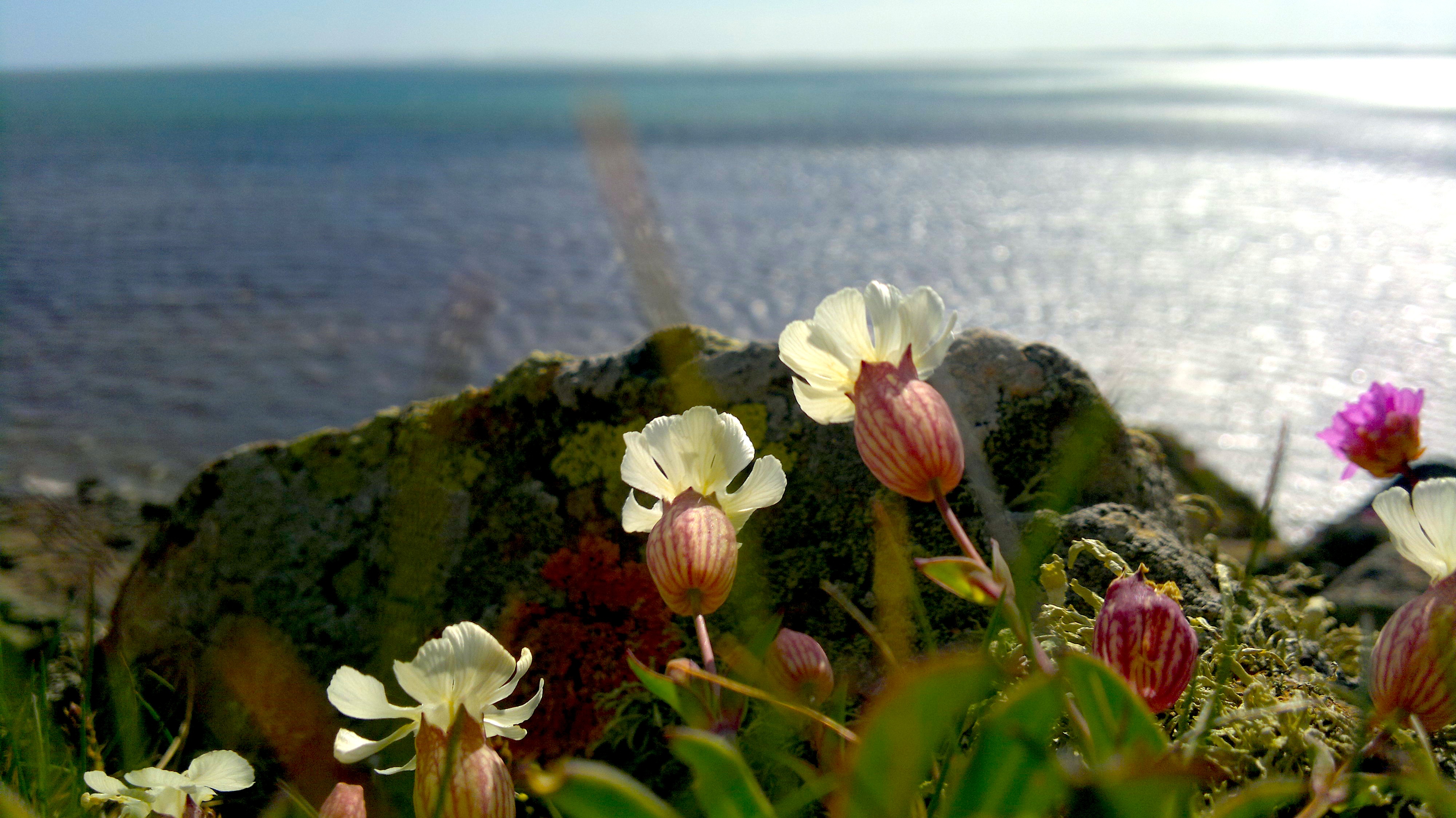
This adorable, delicate little flower clings tenaciously to sea cliffs, upper reaches of shingle beaches and the foreshore. The tips of the foliage have a unique flavour, though with a somewhat bitter aftertaste in summer. The flowers have a delicious hit of sweet nectar followed by an extraordinary fresh “mouth feel”…
